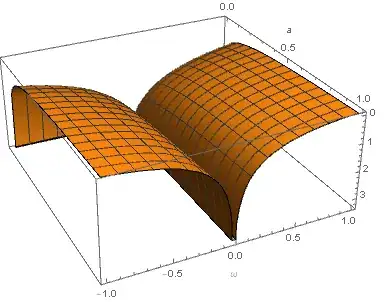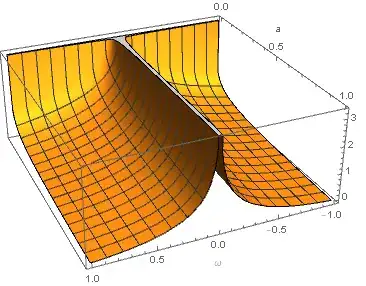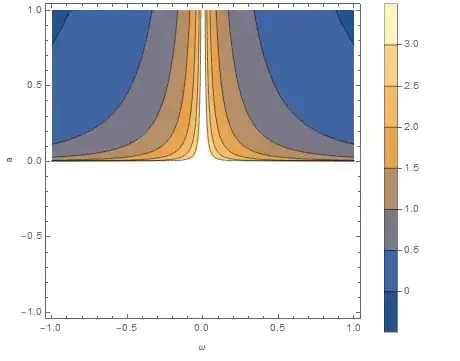I'm solving a physics problem and I need to obtain the Fourier transform of the following real function ($a>0$):
\begin{equation} f(t) = \frac{|t|}{t^2 +a} \end{equation}
It is an even-function and therefore it can be decomposed into a cosine-integral, ie.
\begin{equation} f(t) = \int_{0}^{+\infty} a(\nu)\cos(2\pi\nu t)d\nu \end{equation}
with the coefficients being,
\begin{equation} a(\nu) = 2\int_{-\infty}^{+\infty} f(t)\cos(2\pi\nu t)dt \end{equation}
\begin{equation} a(\nu) = 2\int_{-\infty}^{+\infty} \frac{|t|}{t^2 +a}\cos(2\pi\nu t)dt \end{equation}
\begin{equation} a(\nu) = 4\int_{0}^{+\infty} \frac{t}{t^2 +a}\cos(2\pi\nu t)dt. \end{equation}
However, I have not been able to solve this. Wolfram also can't. I tried expanding the cosine term into a series, but then I get a series of diverging integrals.


